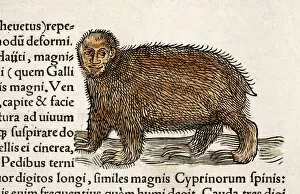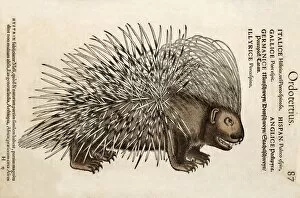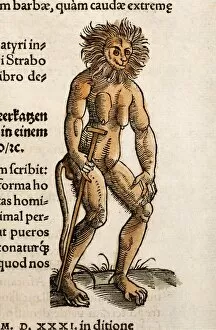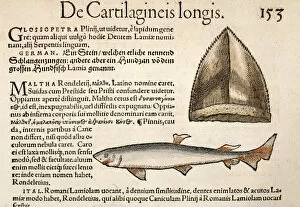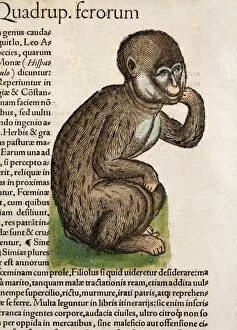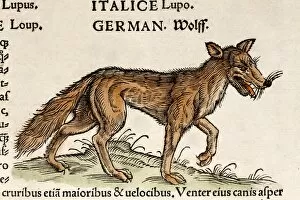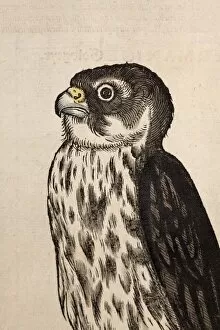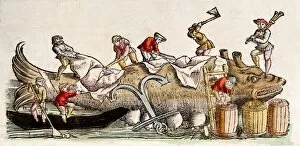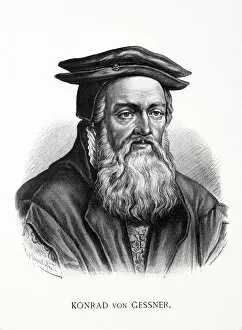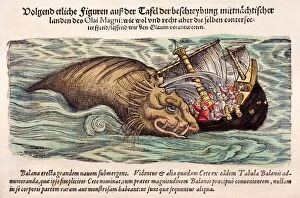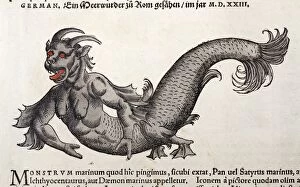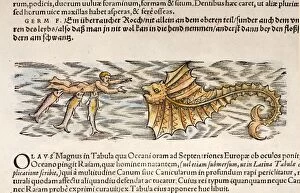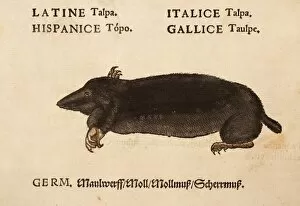Bestiary Collection (#6)
Discover the fascinating world of creatures both real and imagined through the lens of a bestiary
All Professionally Made to Order for Quick Shipping
Discover the fascinating world of creatures both real and imagined through the lens of a bestiary. Dating back to as early as the 14th century, these compilations of animals captivate with their intricate illustrations and captivating tales. Step into history with Gesner's armoured rhino after Durer, a testament to the meticulous artistry that brings these beasts to life. Traverse the Sea of Darkness from Munster's Cosmographie Universalis, where mythical sea creatures lurk beneath its depths in an enchanting woodcut depiction. Marvel at Louis Mathieu Verdilhan's stone sculpture, capturing man locked in combat against a majestic lion—a symbol of strength and courage immortalized for eternity. Journey further into Ming dynasty China, where an unknown creator crafts a mesmerizing bestiary showcasing both real and fantastical beings. Witness Constantinople come alive between two ravens in Oracle of Leo VI Wise—a miniature painting that transports you to another time and place. Pierre Belon takes us underwater with his cheval marin in "De Aquatilibus, " reminding us that even within our vast oceans lies a realm teeming with extraordinary life. Vincenzo Campi's oil on canvas masterpiece "La Pollivendola" introduces us to the bustling world of poultry dealers—an unexpected addition to this collection but one that adds depth and variety. The Biblioteca Trivulziana houses an elephant from a 14th-century bestiary, reminding us how these books were treasured artifacts throughout history. Gaston Phoebus' Hunting Book showcases stunning depictions of otters, bears, and wild cats—creatures intertwined with human existence since time immemorial. Finally, immerse yourself in Triton and Sirene's ethereal dance within the Mediterranean Sea—the perfect finale found within "Theatrum Orbis Terrarum. " In each page turned or artwork admired lies not only knowledge but a glimpse into the human fascination with the animal kingdom.

